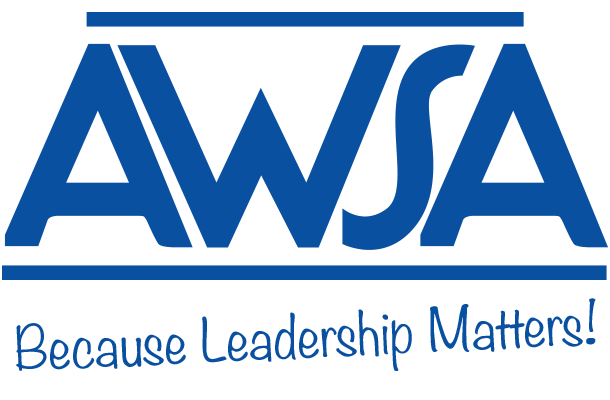Your Leadership Matters: Leveraging EE for More Impact in 2022-23By Dr. Joe Schroeder, Associate Executive Director, AWSA Throughout the ten-year existence of Educator Effectiveness (EE) in Wisconsin, there have been two constants: (1) EE’s founding purpose to improve practice and support for adults so that student outcomes improve and (2) the considerable commitment required for meaningful EE implementation. Meanwhile, I have witnessed two key variables in my work across the state over this same time: (1) the mindset folks bring to EE and (2) the approach that leaders employ for implementing EE locally. As a new school year and annual EE cycles get underway, this article is designed to both highlight recent DPI updates regarding EE flexibilities and encourage you to consider how you view and approach the opportunities that EE provides in 2022-23 to secure a higher result for all the effort and thereby raise prospects for impacting teaching practices and student learning like never before. While ending its prior relationship and contract with Teachscape over the summer, DPI announced in mid-August four new EE system flexibilities for 2022-23:
You can access the full details regarding EE flexibilities, requirements, and various resources pertaining to the DPI EE model through this link. For details regarding the CESA 6 Effectiveness Project model, go here. Also, importantly, please note that In lieu of Teachscape and until DPI replaces Teachscape with comprehensive observer training, new teacher evaluators (principals/associate principals) working in the DPI EE model will need to complete the virtual training that the Wisconsin Center for Education Research developed in collaboration with Wisconsin education stakeholders and DPI. This virtual training can (and ideally should) be conducted collaboratively with principal peers. One option is designed for new or recertifying evaluators, while a second option is intended for those evaluators due to recalibrate. So choose the option appropriate for your situation. Over the past decade, I have written and spoken on numerous occasions to encourage Wisconsin leaders to leverage legitimate flexibilities from how the initiative was originally launched/understood in order to ensure significant impact from all the EE effort. Moreover, AWSA Thought Leaders groups we have convened in recent years have typically affirmed findings like these:
Therefore, given this background, DPI EE flexibility #3 above is especially deserving of your attention. I say this because, in many ways, Educator Effectiveness in Wisconsin remains a tale of two starkly different scenarios based largely on the mindset and approach that folks employ in their local setting. In districts representing Scenario A, EE is viewed as a compliance-focused, component-chasing exercise of formal observations, where evaluation is generally “an event” rather than an ongoing process of targeted feedback aimed at continuous improvement. Is it any surprise then that in such places EE is viewed negatively and has little impact? However, in districts representing Scenario B, schools embed EE within a data-based continuous improvement process, focusing on a “vital few” number of adult practices aimed at addressing data-based student learning needs, where frequent, usually unannounced mini-observations and follow-up feedback conversations occur to support educators in the ongoing challenges of transforming adult work, particularly upon the vital few practices of local focus. In such instances, teachers are often receiving short mini-observations and feedback conversations 6-10 times per school year through an approach coined “rapid cycle feedback.” Moreover, school/districts living in such a Scenario B context reap other benefits to their efforts. Namely, ongoing, formal evaluation results indicate that robust implementation of the EE System process improves the quality and use of professional performance feedback as well as student achievement, while also closing achievement gaps. Findings also suggest that the Wisconsin EE System improves school culture and retention rates. In summary, leadership matters greatly. With EE in particular, the mindset and approach that leaders employ over time to the development and use of EE practices are integral to building the sort of high expectations/high support culture of continuous learning and improvement where adults and students can most thrive – or not. Therefore, at AWSA we strongly encourage you to find means for embracing and/or deepening a Scenario B Educator Effectiveness approach and mindset into your local setting in 2022-23 so that you can move the needle for all students and adults that you serve. In case you are unaware, please note that many AWSA academies offer development of these critical supervisory feedback skills, for example, in both our Impactful Coaching Academy and New Building Administrators Academy. We also would be happy to connect you to leaders in Wisconsin who have been underway with such an approach for some time, so please let us know how we can help you assist more teachers and students in becoming their very best. |
